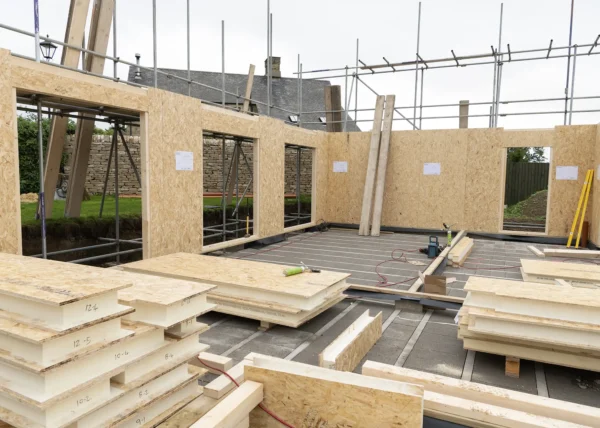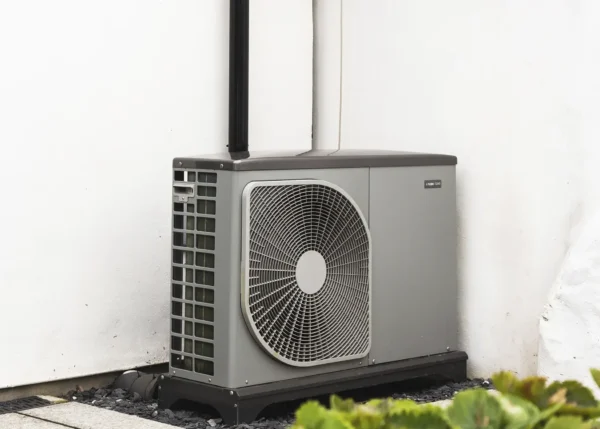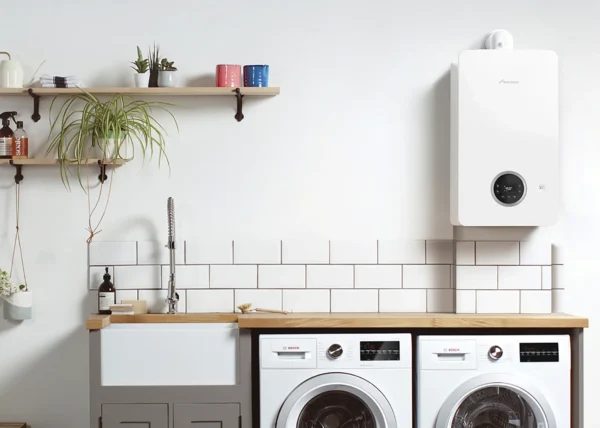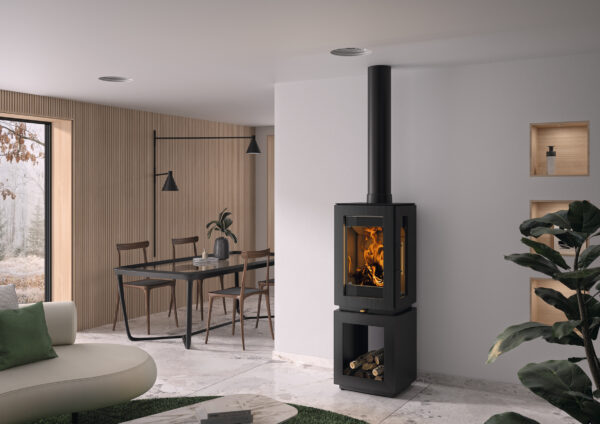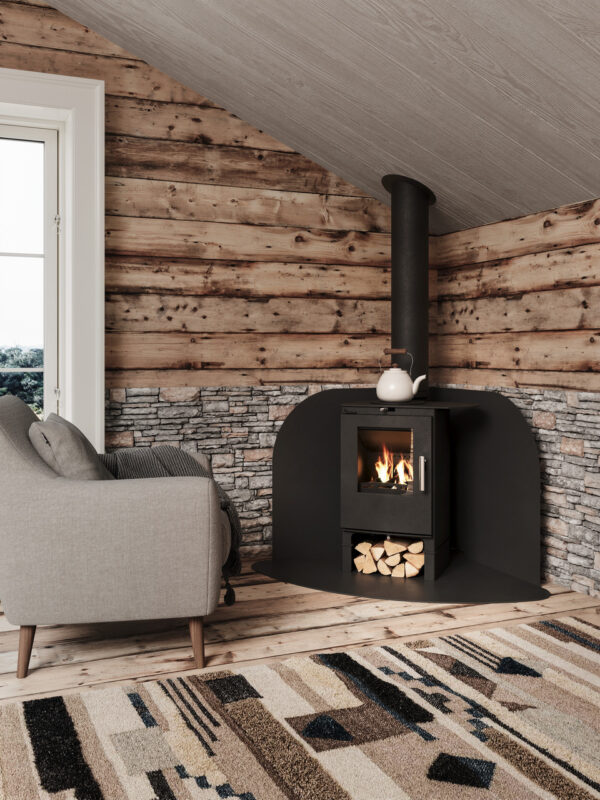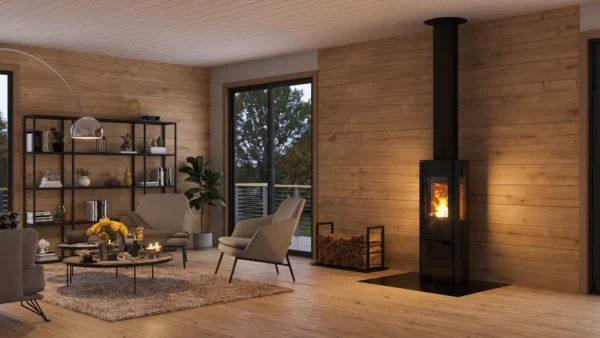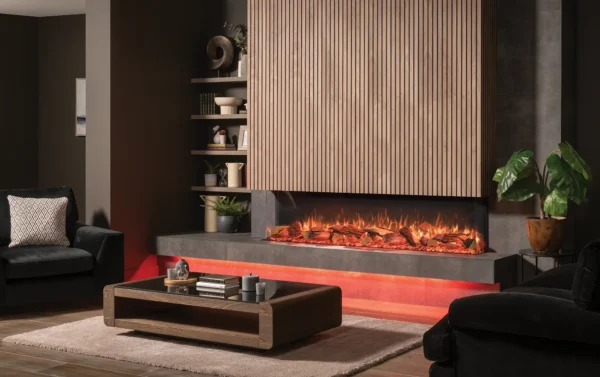12 Top Tips for Picking a Woodburning Stove
1. Explore stove style options
To help with choosing your design, think first about your desired result. Are you going for something more contemporary or traditional? This should help you narrow down the kind of woodburner or multi-fuel appliance you are looking for.
A contemporary room might lend itself more to a tall, Nordic stove or an inset fire that integrates seamlessly with the room. Traditional homes will often suit something more detailed, such as a stove with elegant design features and tracery doors.
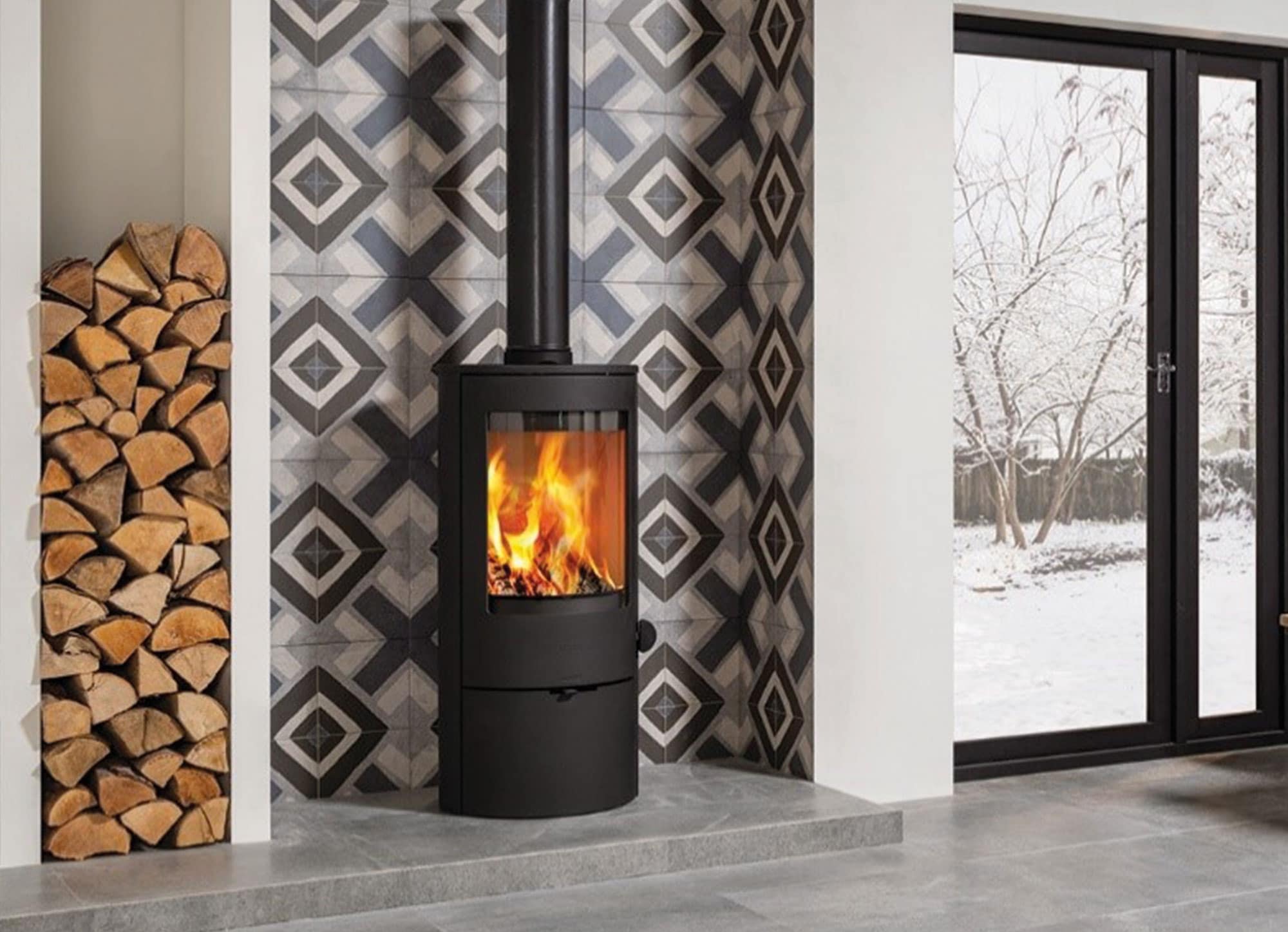
Contemporary Prestige Steel wood burning stove from Lotus.
2. Understand smoke control areas
When it comes to solid fuel appliances, it is important to consider local smoke control restrictions that may be in place in your region. If you live in an urban area, it is most likely you live in a smoke control zone.
Look for stoves and fires that are DEFRA exempt for these locations – your local retailer will be able to indicate whether the model you are interested in is an exempt appliance. You can also check DEFRA’s list of exempt appliances.
3. Do you want a woodburner or a multi-fuel stove?
You should only use wood to fuel a woodburner. It is okay to burn wood in a smoke control zone, as long as the stove you are using is DEFRA exempt.
A multi-fuel stove gives you the option to burn smokeless fuels, which is particularly useful if you live in a smoke control area.
Some dedicated woodburning stoves can be fitted with a kit to enable the combustion of different types of smokeless fuel.
4. Know about the latest stove regulations
Ecodesign is the latest rule for the woodburning industry. This does not affect you as a buyer, except that it may inform your choice for a more environmentally considered appliance.
Ecodesign requires manufacturers to abide to stricter emissions limits, meaning that the latest Ecodesign Ready stoves burn cleaner than older models and keep emissions to an absolute minimum.
You may wish to opt for an Ecodesign Ready stove so that you can be part of the wider aim to improve air quality in the UK.
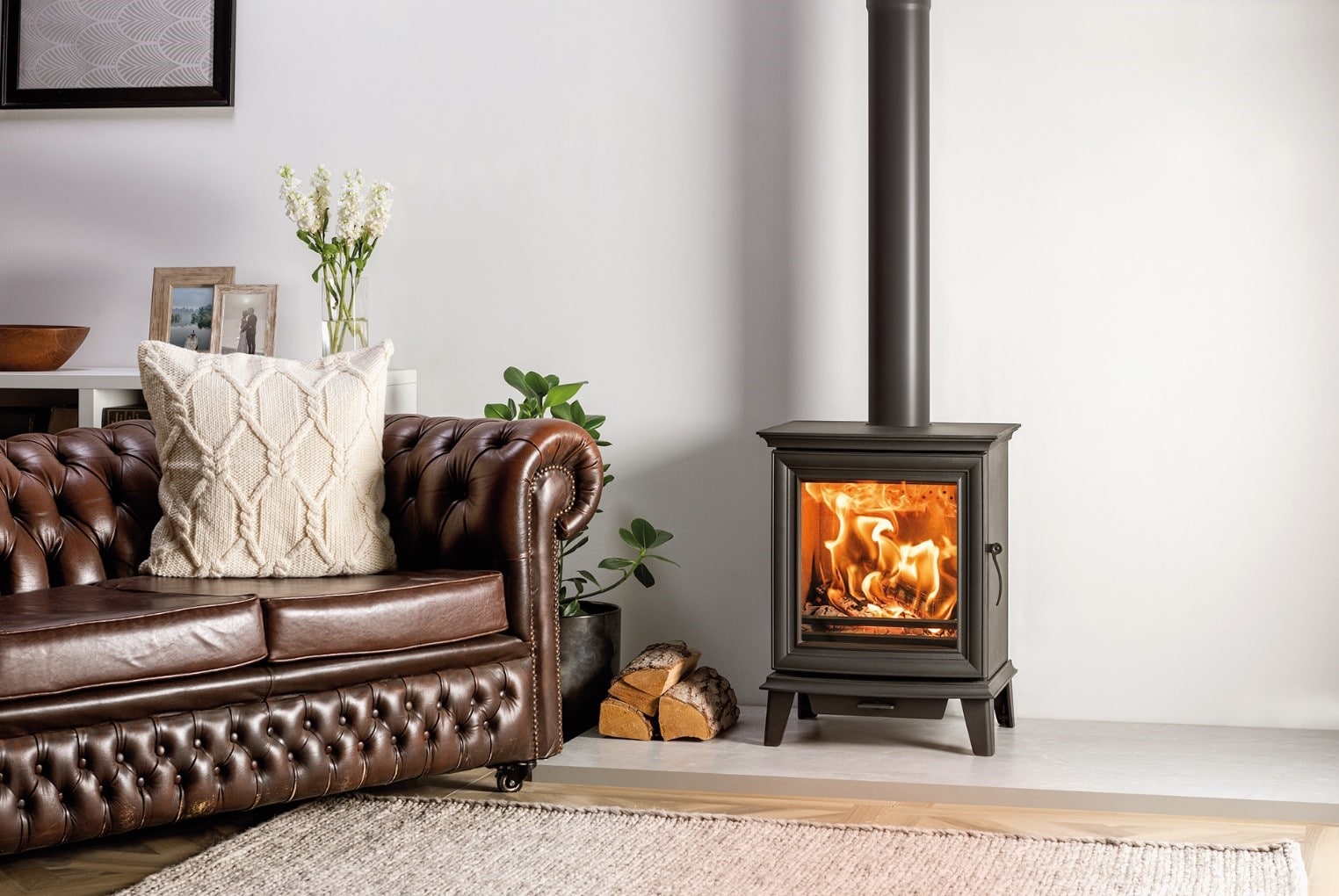
Traditional Chesterfield 5 Ecodesign Ready wood burner from Stovax
5. Do you need an external air supply?
All woodburning stoves with a heat output above 5kW require an additional flow of air for combustion into the rooms in which they are installed.
An external air facility allows a fresh flow to come directly from outside your building rather than through a vent into the room. This eliminates draughts, benefiting the overall heating efficiency and making it possible to install a stove in new, highly insulated homes.
Any stove (regardless of heat output) requires an additional air supply if installed in a building that was built post-2008, or one that has been renovated with double glazing and higher levels of insulation.
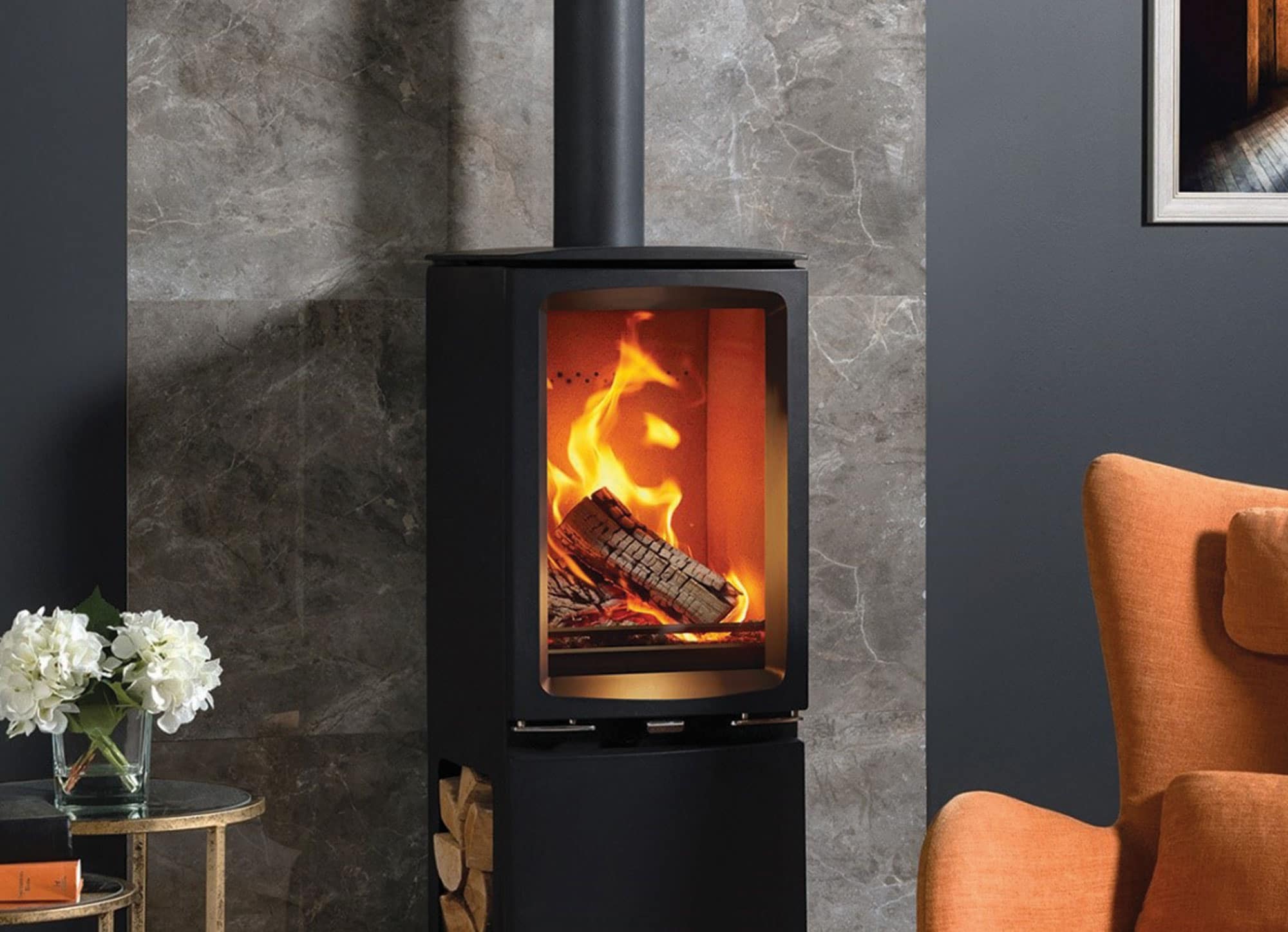
Tall Vogue Midi T Highline wood burning stove with log store from Stovax
6. What heat output do you need?
To achieve a comfortable temperature of around 21°C inside your home when the air temperature outside your house is at freezing point, you will need approximately 1kW of heat output for every 14 cubic meters of space.
It is best to consult your local retailer about what is best for your property, as they will perform a check as part of their site survey. Factors such as the size of windows and the age of the home can all influence the heat requirement.
7. Will you need to install a chimney?
If you do not have a chimney, in most cases you can have a pre-fabricated system fitted to your property either internally or externally. Stovax’s Professional XQ advanced flue system works in the same way as a normal chimney would and allows you to enjoy a stove that uses a flue, such as a woodburner.
8. Get to grips with safety regulations
When choosing and installing heating appliances, it is important to consider where the product is to be placed and the distance to walls and other surfaces.
A solid fuel stove or fire can be fitted almost anywhere, as long as there is a flue and that the installation satisfies the requirements of the product, for example, distance to combustibles.
Each woodburning stove’s distance to combustibles varies depending on design, but your installer will be able to advise depending on the model you choose. The installation will also need to meet the minimum hearth and ventilation requirements.
9. Have it installed by a professional
You may be the kind of renovator that likes to be hands on, but installing a stove is a job for the professionals.
Safety standards when installing a stove or fire are of utmost importance, so it is essential you choose a HETAS registered installer to carry out the entire service. They will ensure all requirements are met without safety risks, and in accordance with Building Regulations.
It’s also important to remember that many stove manufacturers offer warranties that are dependent on your appliance complying with Building Regulations. You will also often need a certificate of installation from your HETAS installer.
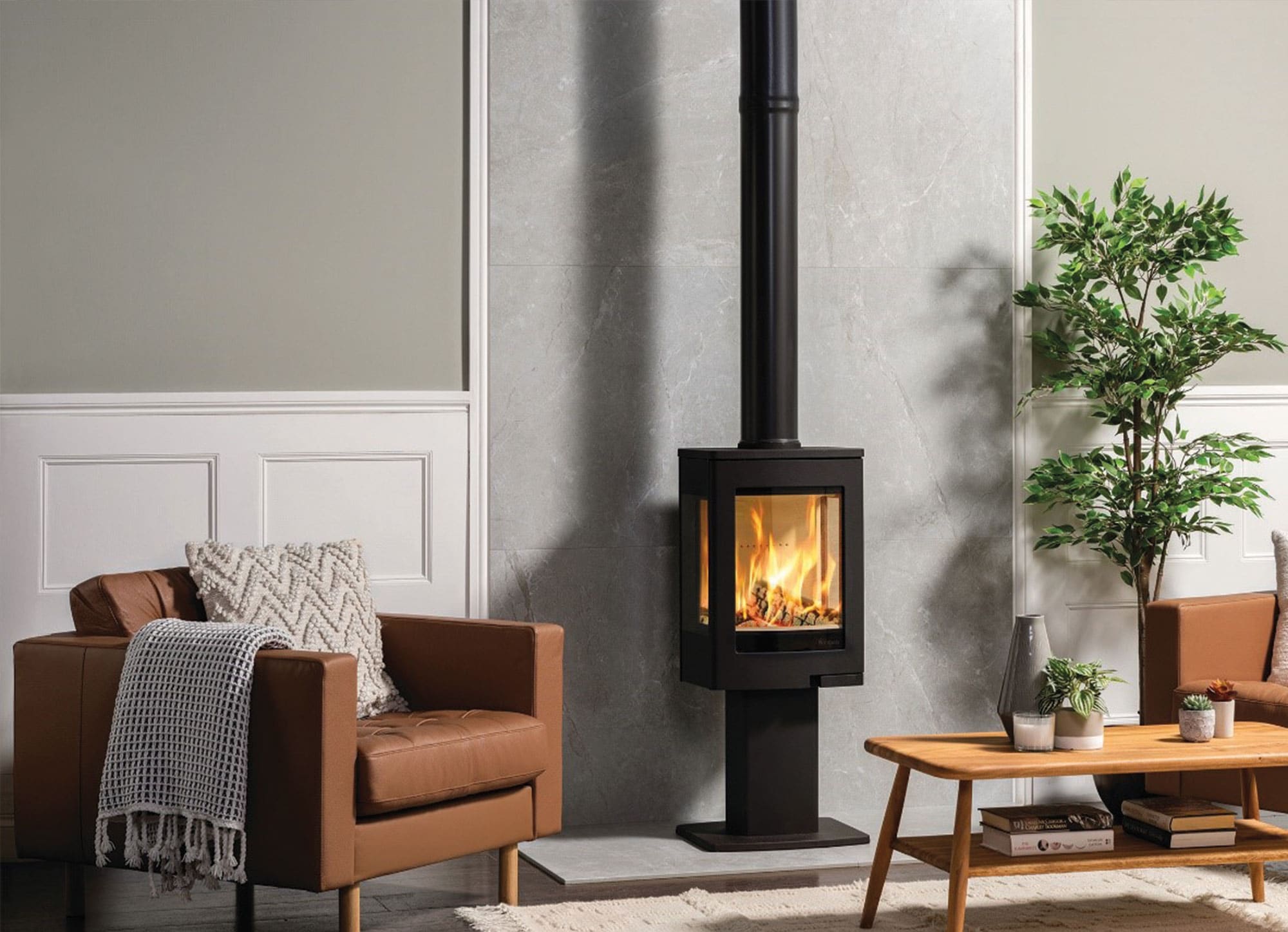
Uno 1 wood burning stove from Nordpeis
10. Burn the right firewood
It is essential that you only use sustainable timber in your appliance. Burning wet wood in your stove or fire can create many harmful gases, which not only damage your chimney and appliance but also significantly contribute to air pollution.
Finding the right wood is easier now than ever. Timber that is certified as being a good quality according to government legislation is easily identifiable with the Woodsure ‘Ready to Burn’ label. If you are chopping and storing your own firewood, make sure it has been seasoned and dried to around 15-20% moisture content. You can check this with a moisture meter.
Do not burn:
- Wood such as salvaged or treated wood
- Rubbish
- Wet wood/green wood (wood that has been freshly felled without seasoning)
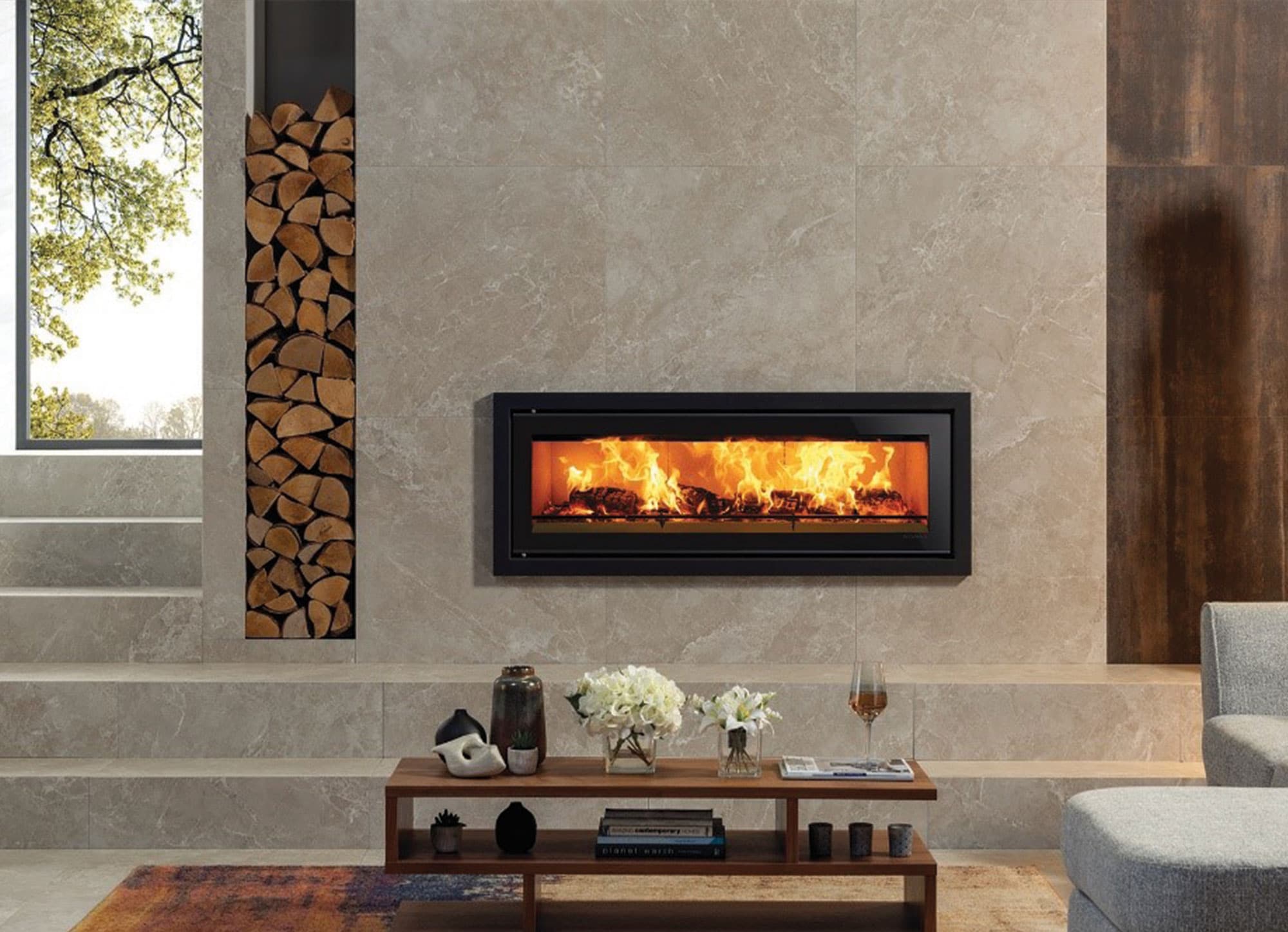
Inset Studio 3 wood burning fire from Stovax
11. Understand what maintenance is required
In order to continue to operate efficiently and safely, a woodburner or multi-fuel stove will need yearly maintenance.
Chimneys should be swept at least once a year; this is best carried out after a period of long use, for example late winter/early spring. This is also the best time to check that the seals on your stove and internal bricks and linings are all intact and do not need replacing.
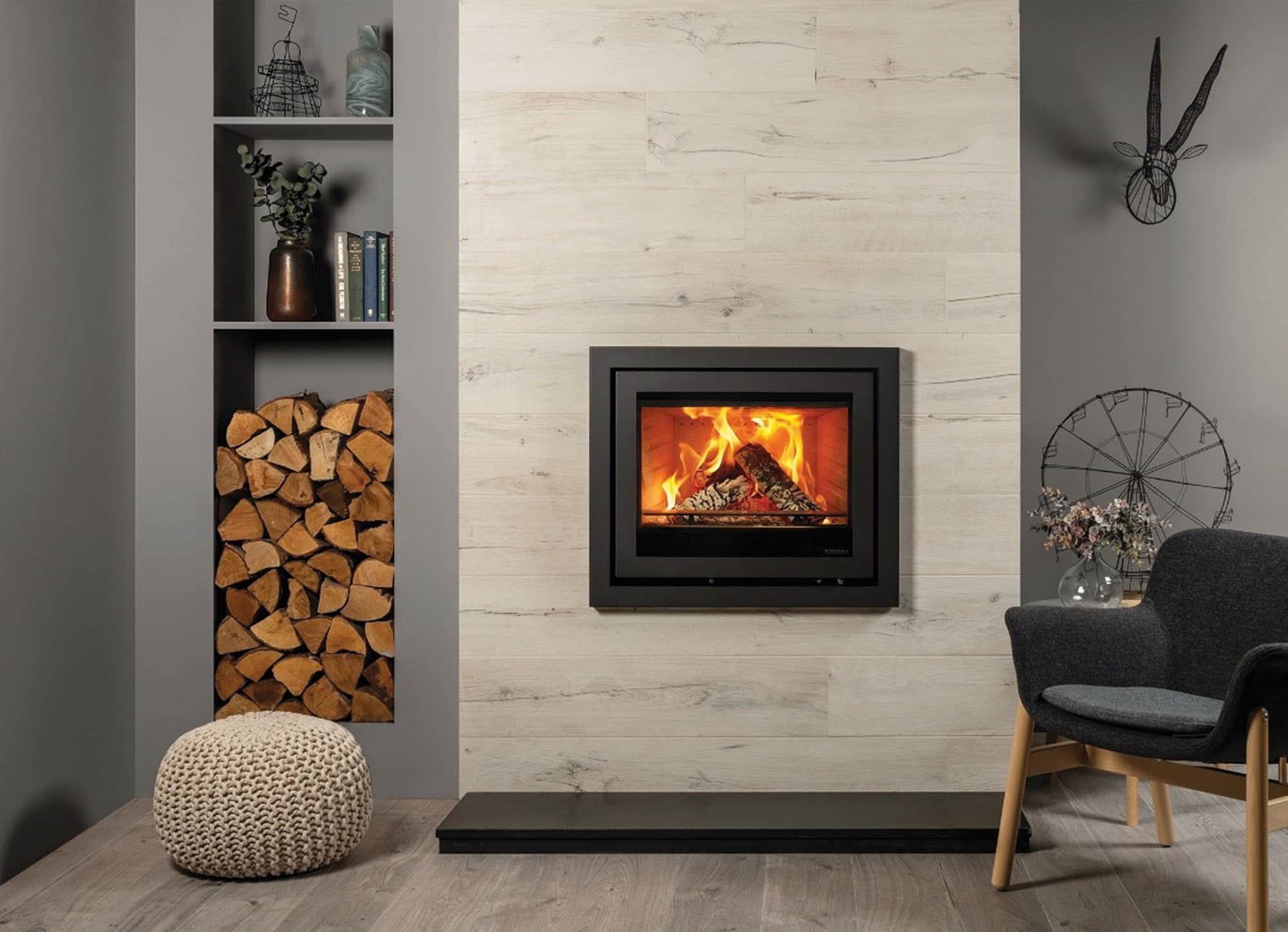
Elise 680 multi-fuel fire, from Stovax
12. Buy from a trusted retailer
The best course of action is always to speak to your trusted retailer. Stove manufacturers often have a list of approved retailers that are local to your area.
An expert retailer is knowledgeable about anything from design to installation, and will be able to ensure that you get the right product for your build or home improvement.
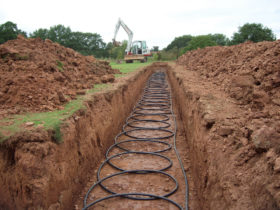
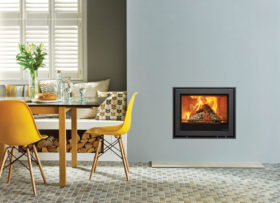






























































































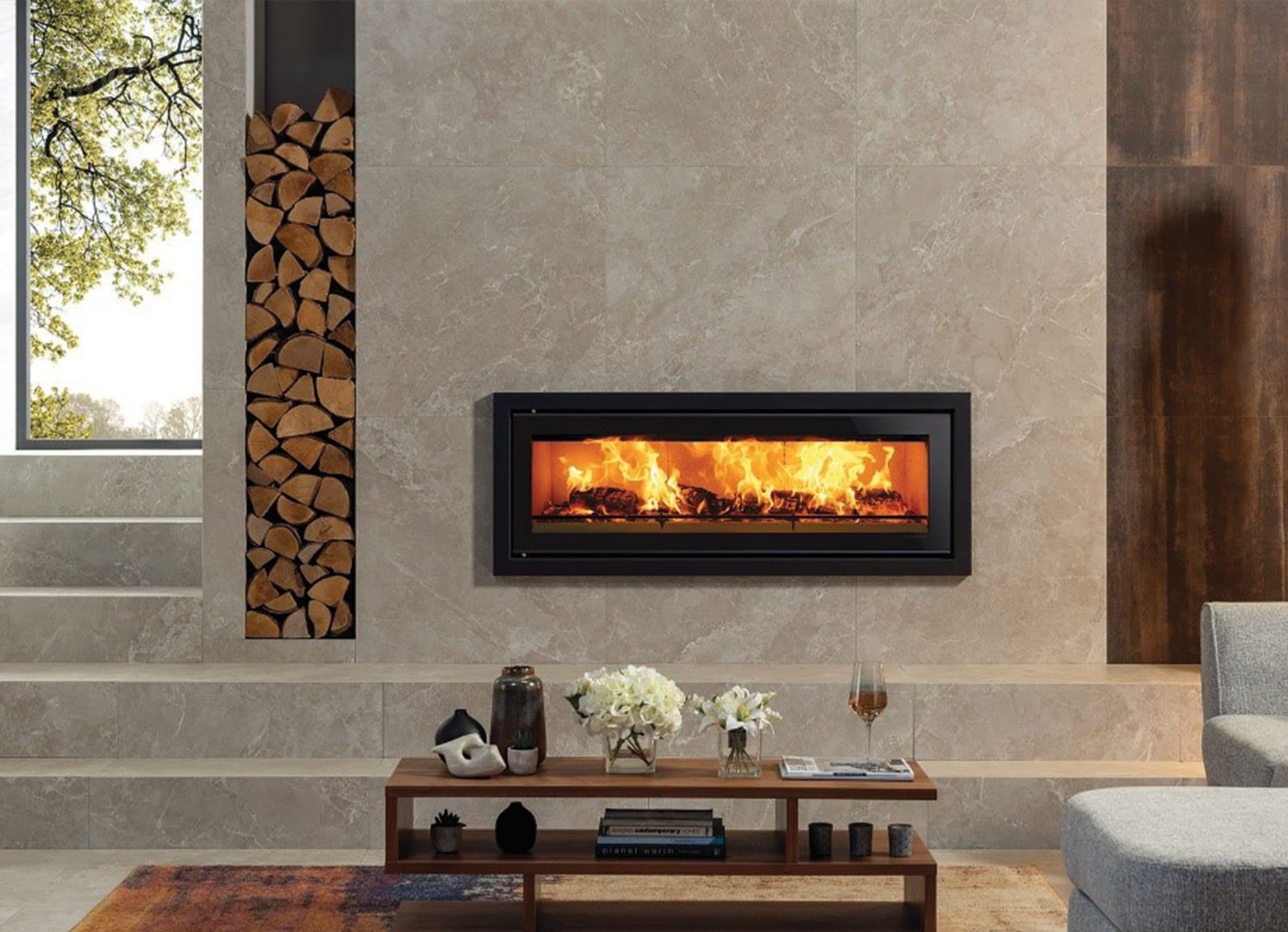
 Login/register to save Article for later
Login/register to save Article for later

